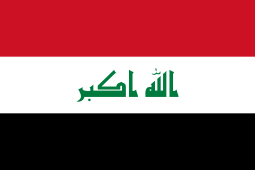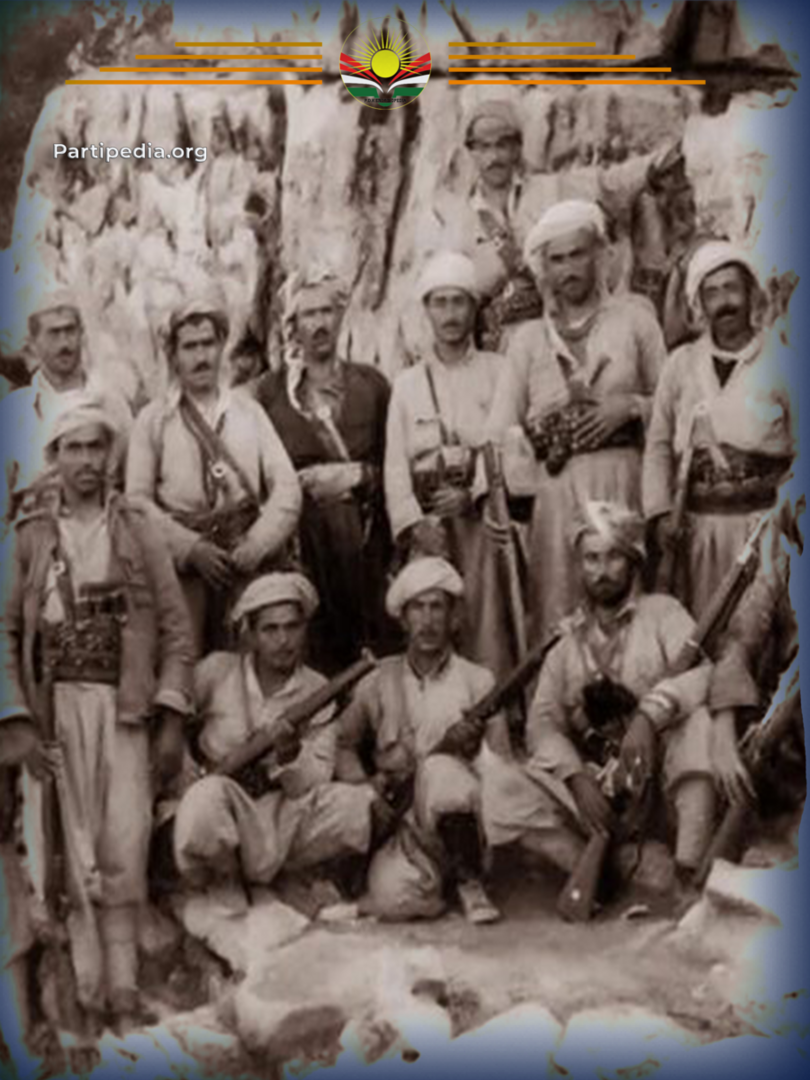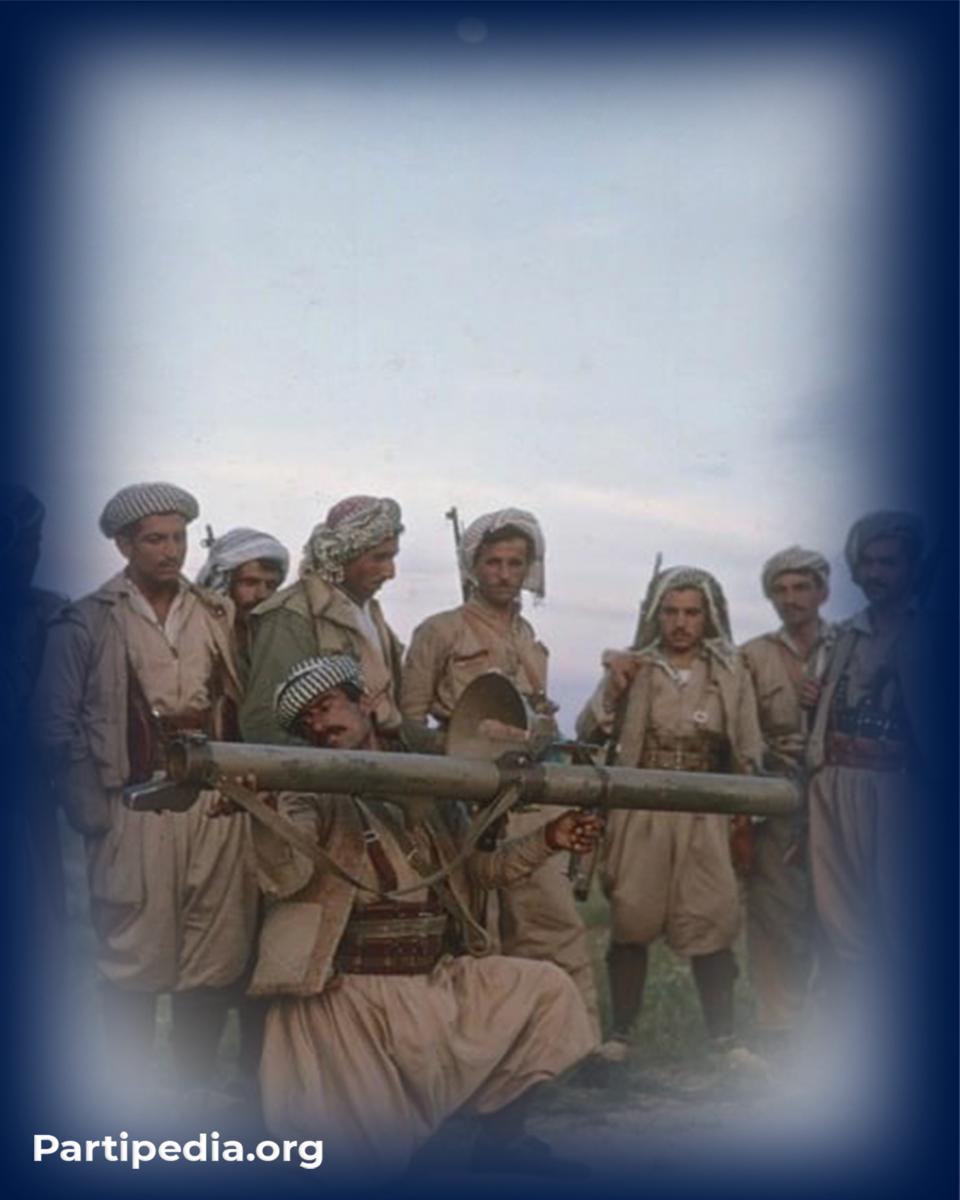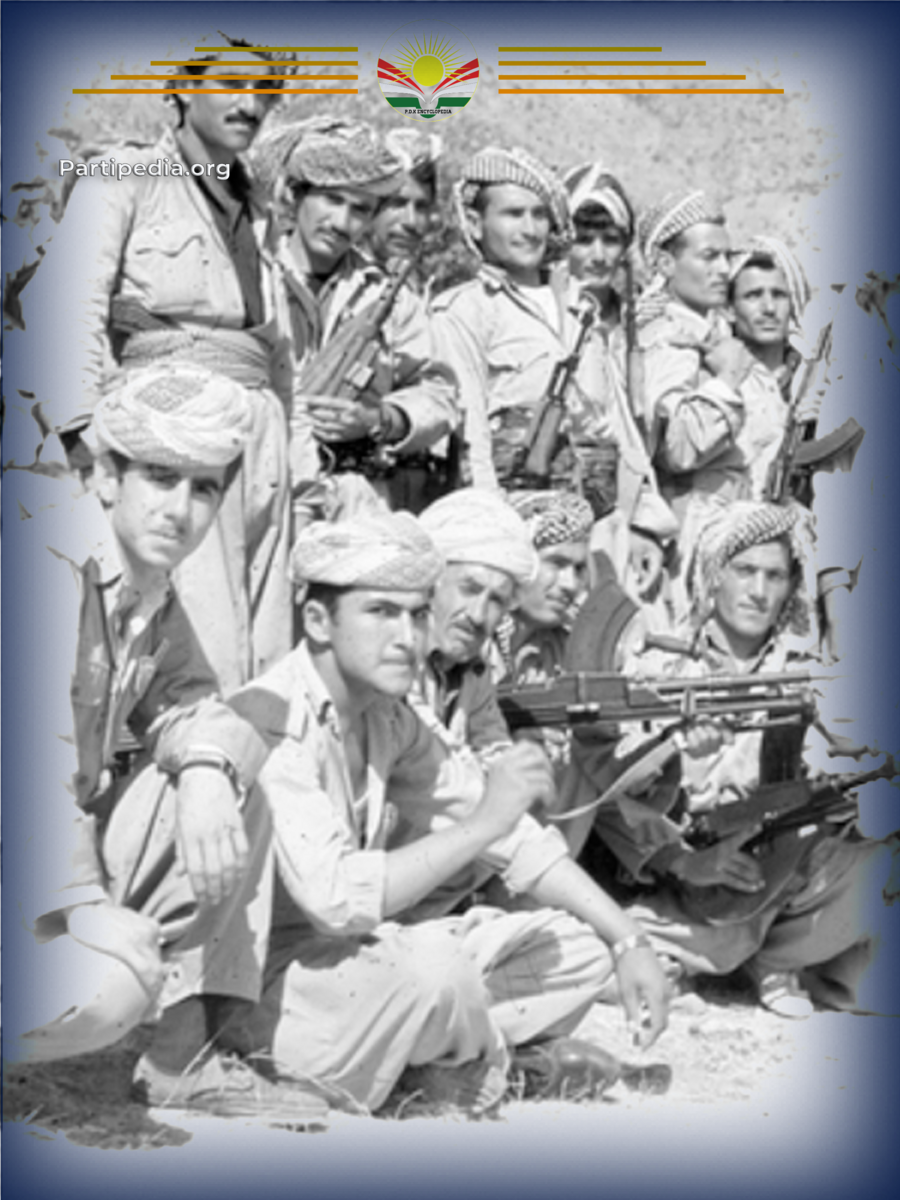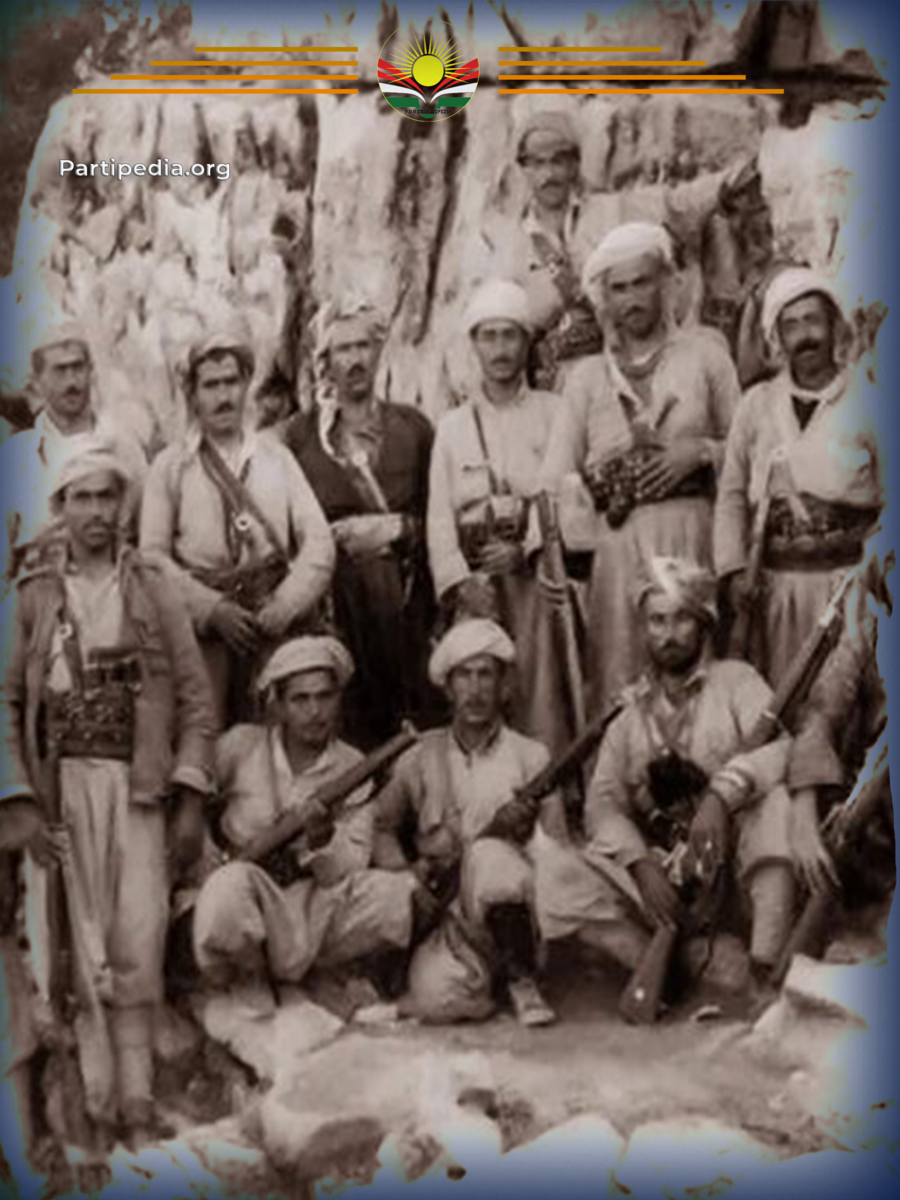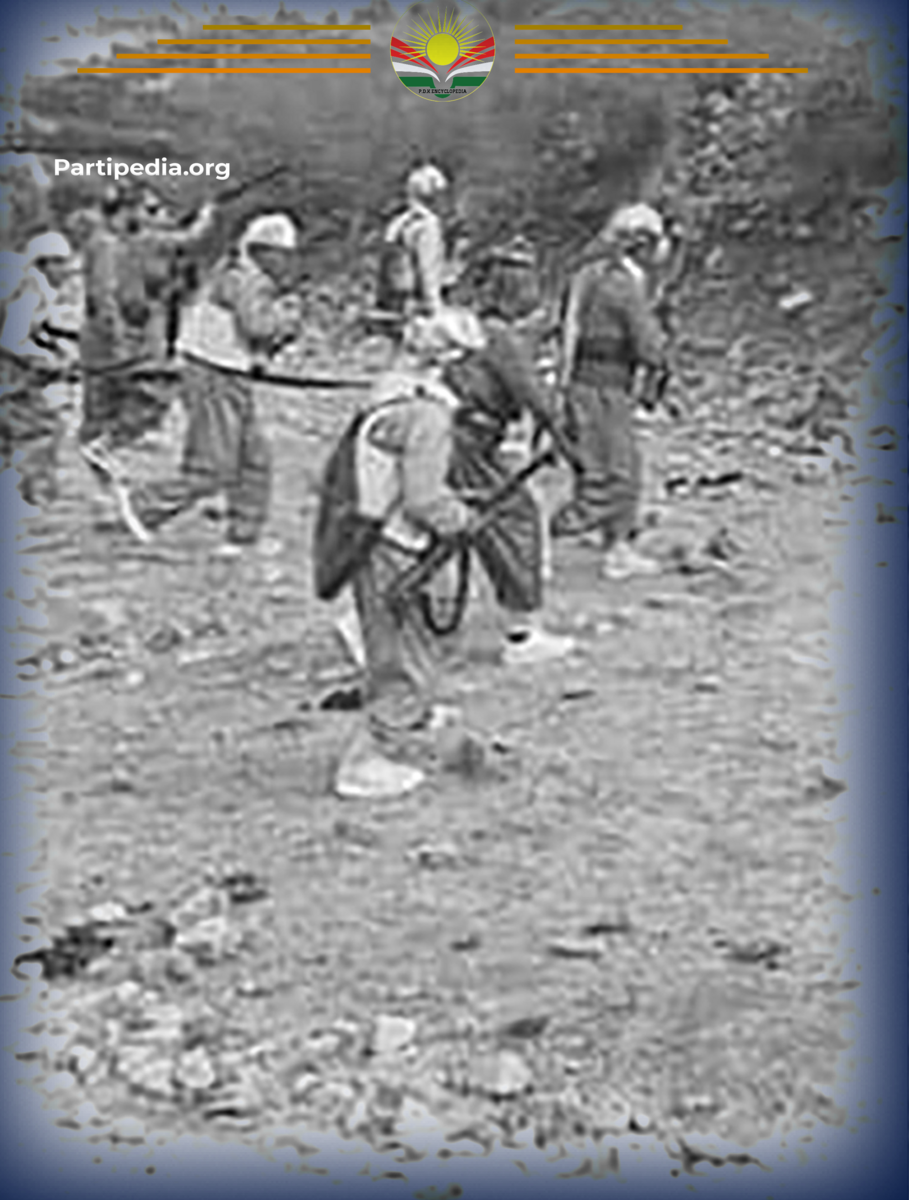In April 1974, the Ba'ath government escalated its military campaign by resuming the war and intensifying attacks on areas under the control of the Kurdish revolution. In response, the Dashti Hawler (Erbil Plain) Force, under the command of Fars Bawa, strategically withdrew from Erbil. The force divided its battalions across various battlefields to establish a robust defensive line aimed at halting the advance of the Iraqi army and preventing further attacks.
The headquarters of the Dashti Hawler Force was strategically established in the mountains behind Pirar and Takawr. The force's structure was carefully organized to ensure comprehensive defense coverage. The first battalion, under the command of Sayed Kaka, positioned itself in the mountains behind Bawaqut and Gomatal. The second battalion, led by Arif Osman, was tasked with defending the outskirts of Gomespan. The third battalion, commanded by Ahmadi Haji Ali, fortified its presence on Bawaji Mountain. Additionally, two branches of the force headquarters were stationed in the Bestana area. The newly formed Safin and Azadi Forces remained on high alert, securing the expanse from Safin Mountain to Bawaji and Haybat Sultan Mountains. Notably, officials and administrators of the Kurdistan Democratic Party (KDP) actively participated on the battlefield alongside the Peshmerga forces.
In early May 1974, the Iraqi army, bolstered by tanks and armored vehicles, launched a coordinated attack on the Peshmerga positions from two fronts. The first front advanced from Saree-Rash, while the second moved toward the outskirts of Gomespan, initiating a military offensive. In response, the Peshmerga forces quickly fortified their defensive lines and fiercely resisted the advancing army. Intense clashes ensued, resulting in casualties on both sides. However, due to the sheer size of the Iraqi forces and their aggressive offensive posture, the army incurred significantly heavier losses compared to the Peshmerga.
The Iraqi army initially struggled to break through the Peshmerga forces' line of defense, facing defeat after four hours of continuous fighting. Despite this, the artillery units from the military bases of Saree-Rash and Darbandi Gomespan relentlessly bombarded the Peshmerga positions, causing significant harassment. The Peshmerga's defensive lines, though resilient, were not fortified enough to withstand such intense and sustained shelling. The following day, the Iraqi army launched another attack on the Peshmerga positions, which inflicted heavy losses. The assault resulted in the deaths of five Peshmergas and left 11 others wounded.
Faced with the overwhelming offensive by government forces, heavily supported by tanks, artillery, and aircraft, the Peshmerga were unable to maintain their positions against the massive attack. Consequently, they were forced to retreat to the villages of Ziarat and Suse. With the Peshmerga in retreat, the Iraqi army seized control of the area and advanced further to the Darband Mountains, capturing the village of Dere as well as the strategic main road connecting Erbil and Koya.
Sources:
١- کاروان جوهر محمد، ئیدریس بارزانى ١٩٤٤- ١٩٨٧ ژیان و ڕۆلى سیاسیى و سەربازى لە بزوتنەوەى ڕزگاریخوازى کورددا، چاپخانەى هێڤی، هەولێر - ٢٠١٩.
٢- سهنگهر ئيبراهيم خۆشناو، ڕووداوه سهربازيهكانى شۆڕشى ئهيلوول ١٩٧٠-١٩٧٥، چاپى يهكهم، ههولێر، ٢٠٢٢.
٣- سەید کاکە، بیرەوەرى پێشمەرگەیەک، چاپخانەى وەزارەتى ڕۆشنبیرى، چاپى یەکەم، هەولێر- ١٩٩٧.
٤- خوڕشید شێرە، خەبات و خوێن، بیرەوەریەکانى ساڵانى پێشمەرگایەتى، چاپخانەى حاجى هاشم، چاپى سێیەم، هەولێر – ٢٠١٥.

